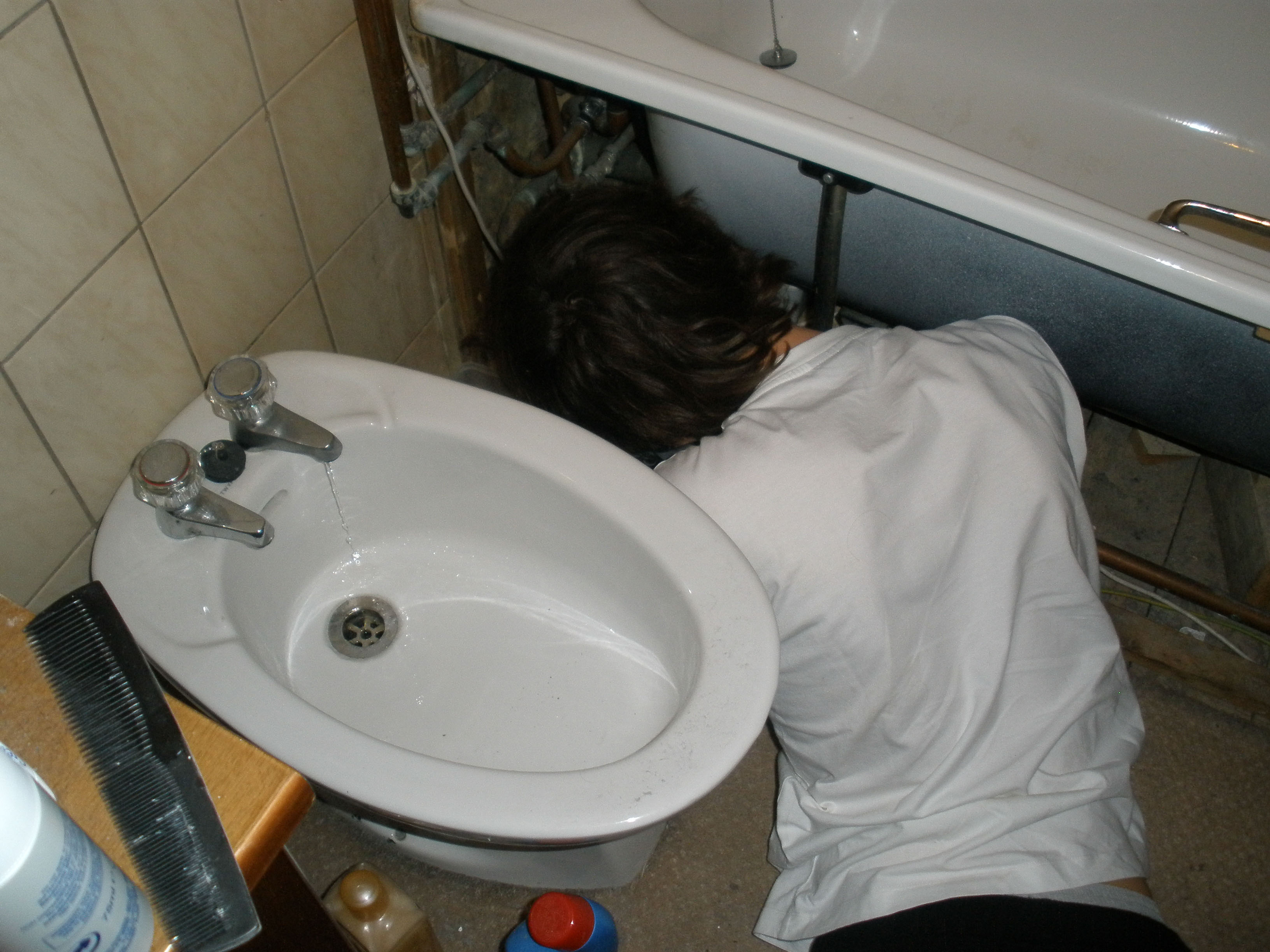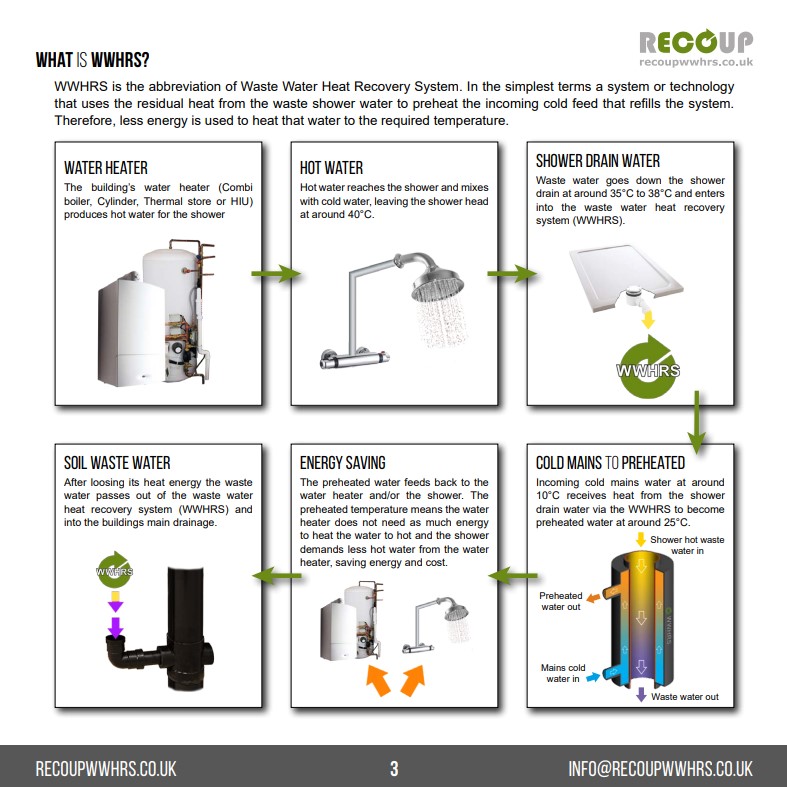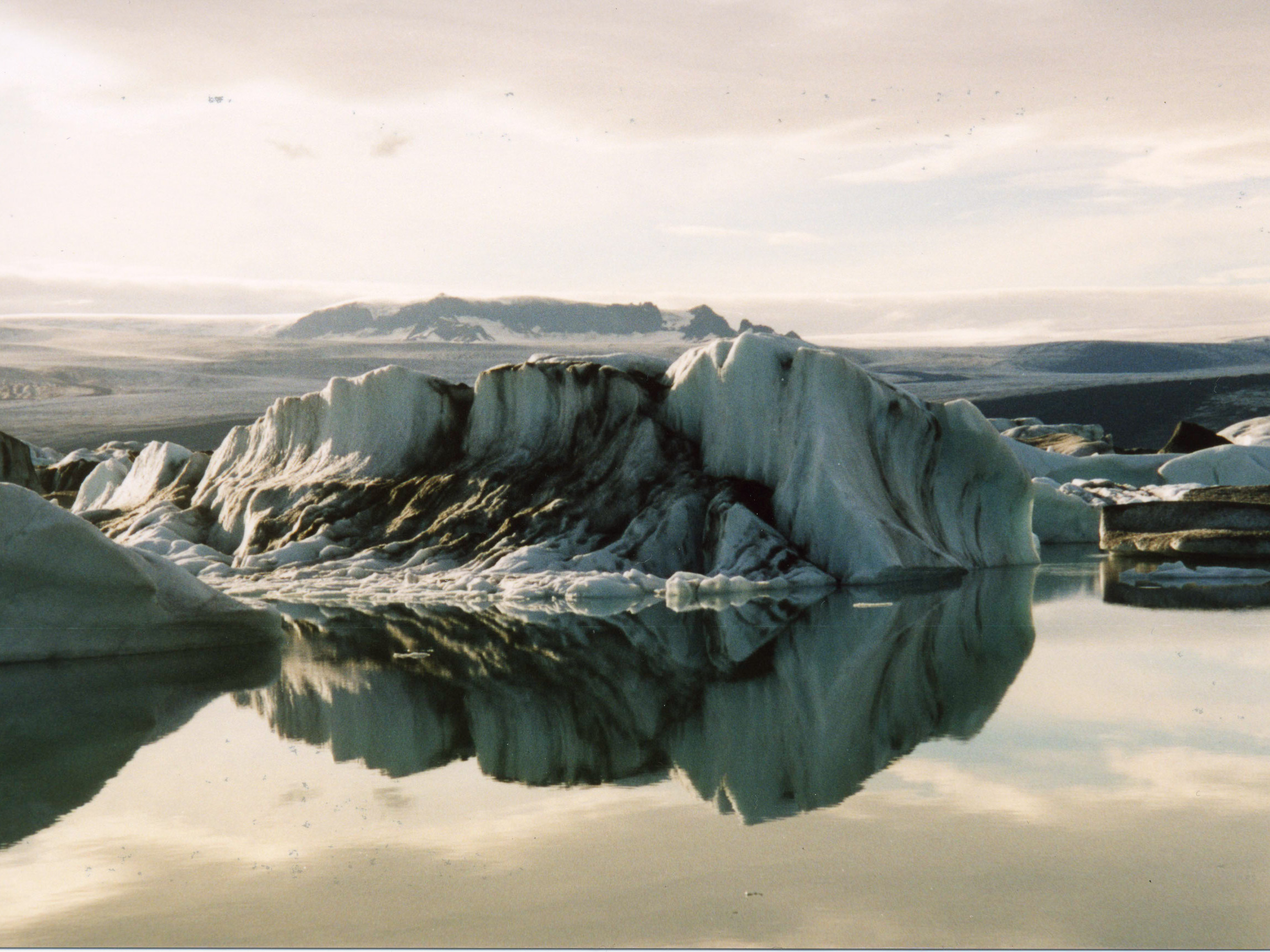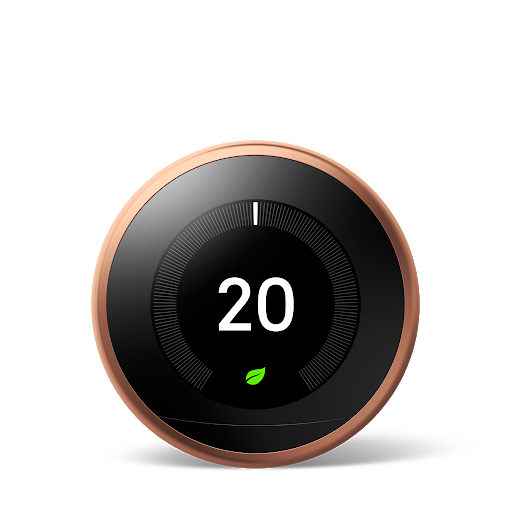Green my home ... Some more!
The PV solar panels on the roof together with the Tesla battery are working well. The Central Heating Controls are also performing well, and doing their bit to reduce energy consumption.
Picking up on recycling's Reduce, Reuse, Recycle, or 3Rs. Which has developed into Reduce, reuse, repair and recycle and then 5rs (Reuse, Reduce , Reuse , Recycle , Repair and Recover)
Reduce, Renewals, Recover.
The next stage is to look at home heating, and the first part of that is how to reduce the amount of heat we need. Insulation and draft proofing.
The second part is to replace the ancient central heating boiler.
Before we look at the boiler, lets look at some of the things already done or in progress.
The Past
Waste water and rainwater harvesting
The first was of course the waste water and rainwater harvesting, which is covered on its own page.
Draft proofing and partial internal insulation
The next project was to do with the bathroom. It was cold and draughty. Some of the tiles above the bath had popped and allowed water from the shower to flow where it was not wanted. A temporary repair had been done, but it was not ideal. Also, David is tall, and the roof is sloping. Time for a change. Reduce the drafts, insulate, and move the bath shower into the room to increase the height.
 Water being drained down from the bidet tap and David commencing disconnection of the bath waste
Water being drained down from the bidet tap and David commencing disconnection of the bath waste
The bidet had to go to make space for the bath to move into the room. Adding 100mm of insulation to the external wall would reduce the room size of an already small bathroom, but the benefits were worth the loss.
The progress of the works can be seen in the slideshow below.
Once the bath was removed it was apparent why it was so cold and draughty. The holes through the wall to the outside for the waste pipes were not sealed. The wall below the bath rim was not finished or plastered. The floor had a significant gap, albeit for services.
The holes were sealed and the wall insulated with 100mm PIR and an air gap between the insulation and the Aquapanel waterproof board. The flat substrate for a good tiled finish.
Waste Water Heat Recovery
One of the considerations at this time was to recover some of the heat out of the waste water. The waste water was already captured from the bath outlet and fed into the surge tank of the waste water and rainwater harvesting scheme, but it was still hot water when it got to the tank. It quickly cooled and the plants seem to do very well, but that is probably due the the constituents of the soap, rather than having a warm bath on a frequent basis. The same applied irrespective if it was shower or bath water, although I suspect shower waste water is hotter than bath water, after a decent length soak. I never found any boiled frogs or newts.
I did at one time find a device to recover some of that wasted energy.

I am not sure if this was the name of the product at the time but it is the same item. A Recoup Easyfit+
They claim an impressive efficiency of up to 47.6%. It just slides under the bath and takes the waste water for a little meander before allowing it to escape out through the wall several degrees cooler. Exchanging the heat with the cold water feed pipe to the shower.
Not quite that simple though. If your bath has a central support leg, that had to be supported with a bridge structure form side to side of the unit. Also would it of fitted under a reduced clearance bath? The bath could under normal circumstances, have been raised if necessary, but as part of the rational for doing the project was to improve the headroom for the shower, it would be illogical to do that.
The main pitfall was however price.
As I recall it was about £650 including VAT for a unit. I had negotiated a 10% discount with one suppler which brought the price down to £585.
Looking at prices today, a unit is £684, so either a little up or my memory rounded the price.
Here is the advertising text about the product;-
The Recoup Easyfit+ is a stand-alone horizontal waste water heat recovery system for showers (WWHRS). Specifically designed as a retrofitted product to to slide directly under a standard bath or walk-in shower tray. The Recoup Easyfit+ is a very exciting product for the residential retrofit, new-build apartment & social housing markets, as it offers a combination of price point, efficiency, and ease of installation that has not previously been possible. The Recoup Easyfit+ provides impressive efficiencies of up to 47.6%, high returns on investment and is virtually maintenance free. It is SAP registered, KIWA assessed, WRAS approved and Legionella Control risk assessed. The product is a Waste Water Heat Recovery System (WWHRS) for showers. It uses the heat from hot water that goes into the shower drain to increase the temperature of cold water, via a copper heat exchanging system, to produce preheated water. The preheated water is then fed back to the properties heating system, the shower in use, or both. This then reduces the demand for energy to heat hot water. It is an excellent and efficient way of retrieving generated energy from hot water that would normally go down the drain. Being completely passive, it works as part of the standard plumbing, with no moving or mechanical parts, there is no end user interaction or planned maintenance required; a genuine ‘fit and forget’ product. No commissioning is required, so any qualified plumber can install. There are 3 recognised and simple installation methods, providing flexibility both in system design, integration and installation on-site. Fitting time is around two hours depending on design. No special tools are required for fittings and only regular plumbing materials are required in addition. The Recoup Easyfit+ is very easy to design in to any house type and c Recoup WWHRS 'What is WWHRS' -An extract from their brochure entitled Passively Recovering Waste Heat Energy with Every Showeran even be incorporated into plans late on if compliance is at risk, unlike most other energy efficient/renewable technologies. The technology can also benefit products such as solar thermal, ASHP and centralised plant as it assists with load demand at peak times, meaning expensive back up is not used, or plant specification can be reduced. It is also excellent for Passive Haus, where 80% of the energy costs are for hot water, so it makes a dramatic impact. Once installed the Recoup Easyfit+ will provide a homeowner savings over 47.6% of the cost of a shower without WWHRS, meaning return on investment can be as little as a couple of years in a family home. These energy savings obviously have a big impact on CO2 reduction, and with showering the biggest use of hot water in the home, WWHRS will continue to deliver for the lifetime of the property as well as being relevant and beneficial well into the future.
Recoup WWHRS 'What is WWHRS' -An extract from their brochure entitled Passively Recovering Waste Heat Energy with Every Showeran even be incorporated into plans late on if compliance is at risk, unlike most other energy efficient/renewable technologies. The technology can also benefit products such as solar thermal, ASHP and centralised plant as it assists with load demand at peak times, meaning expensive back up is not used, or plant specification can be reduced. It is also excellent for Passive Haus, where 80% of the energy costs are for hot water, so it makes a dramatic impact. Once installed the Recoup Easyfit+ will provide a homeowner savings over 47.6% of the cost of a shower without WWHRS, meaning return on investment can be as little as a couple of years in a family home. These energy savings obviously have a big impact on CO2 reduction, and with showering the biggest use of hot water in the home, WWHRS will continue to deliver for the lifetime of the property as well as being relevant and beneficial well into the future.
- The Recoup Easyfit+ is SAP listed
- Horizontal system designed to retrofit under a standard bath or shower tray.
- High efficiency, can recover up to 46.7% of the wasted heat energy with every shower, literally stopping money flowing down the drain.
- A key product for social housing and housing associations, residential retrofit, apartments, bungalows and other property types.
- Completely passive; has no moving parts, requires no external power, no planned maintenance and no end-user interaction
- Easy installation; no commissioning or specialist plumbing knowledge required
- Low cost and good pounds to points in SAP
- Legionella control risk assessed
- Option of three installation variations.
- WRAS approved
However, I am not sure about the low cost and return on investment can be as little as a couple of years in a family home.
Ignoring the installation costs as David and I could do that, the unit cost of £585 would equate to savings of £292.50 each year over two years, or allowing a couple of years to stretch to nearly 2.5 years, £235 savings per year.
According to the Energy Saving Trust;-
In a typical household, over half of fuel bills are spent on heating and hot water.
Referring to Solar Thermal on the Energy Saving Trust;-
Based on the results of a field trial we conducted across a range of household and system sizes, typical savings from a well-installed and properly used system are £60 a year when replacing gas heating, and £90 a year when replacing electric immersion heating. Savings will vary from user to user.
A typical household uses on average around 360 litres of water each day. About 20 per cent of a typical gas heated household’s heating bill is from heating the water for showers, baths and hot water from the tap. According to the Energy Saving Trust, this costs about £140 a year.
Another piece of information from the Energy Saving Trust, this time about Hybrid Solar Heat Pumps;-
You should bear in mind that the average household bill for providing hot water is around £80 a year, so if you buy a hybrid solar heat pump that only produces domestic hot water it can’t save more than this on your fuel bills.
It seems to me that Domestic Hot Water costs between £80 and £140 per year. Typical savings for a Solar Thermal are £60 a year against a cost of £3,000 to £5,000. That would suggest a Return on Investment (ROI) of between 50 and 85 years.
In the average UK home showering accounts for 50% of the generated hot water cost. However, around 85-90% of this heat energy goes straight down the drain (42% of the total dwelling DHW budget)
Using this percentage, 42%, and Domestic Hot Water costing between £80 and £140 per year, the cost going down the drain is between £33 to £59, and with the stated energy recovery efficiency of 47.6%, this seems to equate to a cost saving of between £15 and £30 pounds per year. Based on an initial purchase cost of £585 the ROI period would therefore be between 39 and 19.5 years. However, based on a more recent price of £684, the ROI period is between 45 and 22 years.
Compare this to the statement, 'return on investment can be as little as a couple of years in a family home'. Perhaps I have made some mistakes in the calculations, or the family home they are referring to is significantly different to the ones uses as averages by the Energy Savings Trust.
Also, consider reversing the calculation. The cost of DHW would be in excess of £1,400 per year, using the same percentages, to provide a ROI preiod of approx 2.5 years.
Having said that, I still think it is a good product, and a 22 year ROI is significantly better than a 50 year ROI for Solar Thermal, and a lot of other Green initiatives. I could still be a good way of improving the SAP score.
Whilst the Easyfit was the one I initially considered, they do make other systems, even more efficient.
Other products are also available now. They could have been available at the same time as I found Easyfit but I have only found them when looking into if again, recently.
Zypho has both horizontal and vertical solutions.
Follow the link to Green Age to find an article on Waste Water Heat Recovery Systems.
Until 2015, installers often used WWHRSs as a means to get a new home up to Sustainable Homes Code standards, rather than a means to save money. Now that the Sustainable Homes Code is no longer around, although you certainly will save some cash with a WWHRS, the payback period is not worthwhile for most people.
A typical saving on an average home might be £20-30 a year. So the payback time is around 40 years typically. Of course, if you use a lot of hot water, it can begin to look a bit more attractive.
Despite the payback time I will be considering it with the other potential measures as I investigate the options for a greener home.
Another thing to consider in this equation is the balance between baths and showers.
How long does a shower have to be, to use the same amount of water as a bath?
Many believe that showering uses less water than filling up a bathtub, but that all depends on how long you shower for!
A bath filled about a third of the way up (which takes the water level over your belly button when you lie down) requires around 75 litres. An ordinary electrically heated shower puts out four litres per minute. So a 19-minute shower is just more than a bath. If you have a power shower, flow rates could be doubled and you’d need just 10 minutes.
This feeds into the costs or savings of changing from a mix of baths and showers to showers only and the effectivenes of WWHR.
Further review later.
The recent Past - PV solar panels and battery
more to come
Investigating the potential future
more to come
However, the priorities are not always set on the green benefit. The current boiler is a Baxi Bermuda back boiler.
Energy Saving Trust - Installers - Boilers
Renewable from Worcester Bosch
Solar Together
Hydrogen Boilers
Which? Boilers
Flood proofing
Windows
The Plan
more to come
Installation and commissioning
more to come
Operation
more to come
Conclusions
more to come

